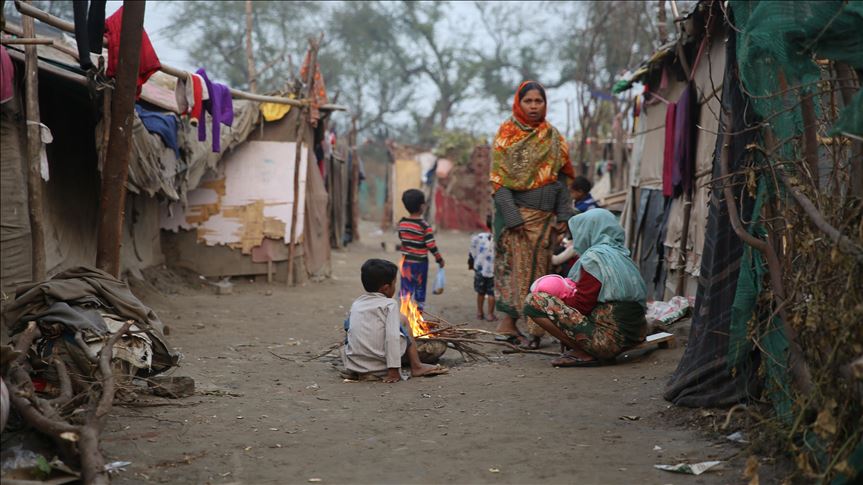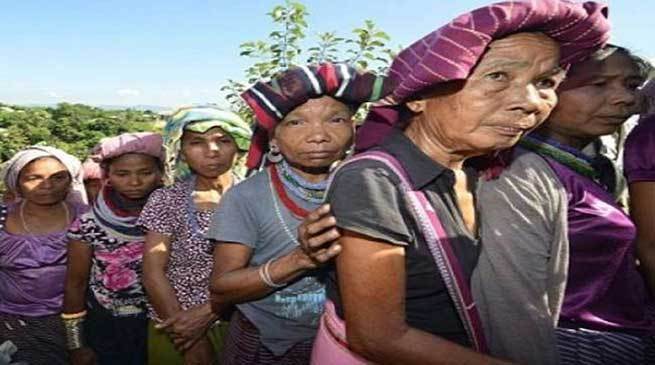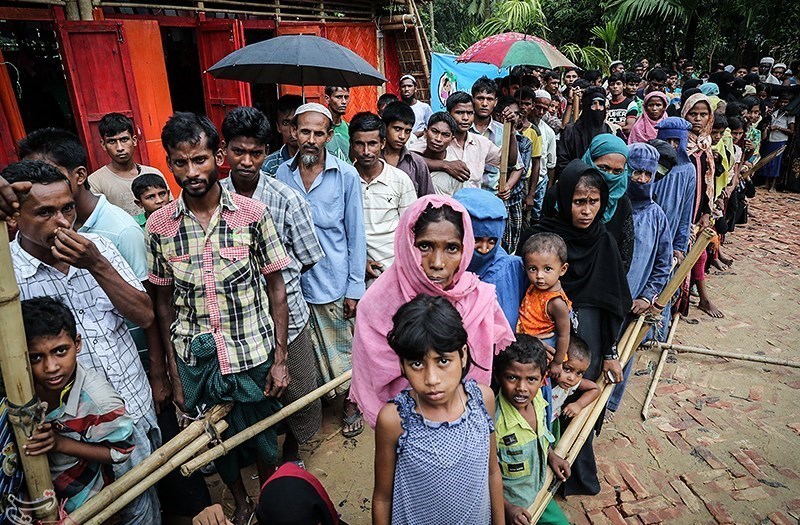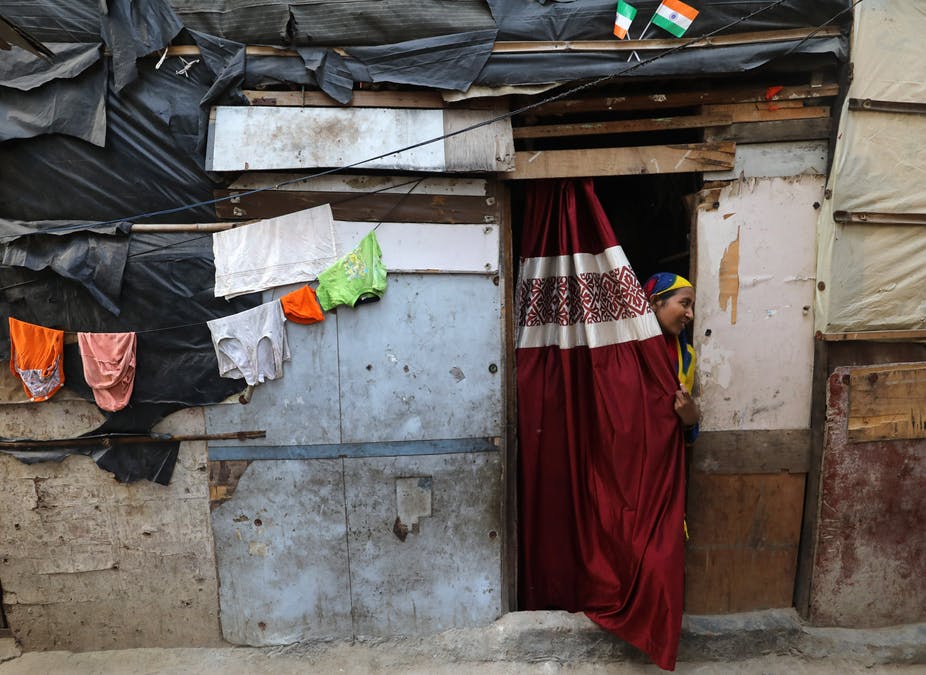India is currently battling the coronavirus pandemic like other parts of the world and in its battle it often tends to overlook the needs and demands, the wellbeing and concern for people living on the margins or whose voices are lesser represented in the mainstream media. Thus it would not be wrong to day that India’s directive meant for screening the Rohingyas had more to do with the suspected Tablighi Jamaat link than concern about their living conditions. Thousands of people belonging to the Rohingya community live in the National Capital Region of Delhi and are highly vulnerable to the coronavirus infection because they live in areas that have extremely low records of hygiene and sanitation apart from lacking access to public healthcare.
It has been about four weeks since the Centre announced a nationwide lockdown when there began to emerge a large number of coronavirus positive cases in the country and it was then that the Ministry of Home Affairs directed all the states and union territories in the country to screen the Rohingya population in the country because it feared that many of them may have attended last month’s Tablighi Jamaat event at Delhi’s Nizamuddin.
The Tablighi Jamaat event made the Nizamuddin region a hotspot as a large number of those who attended the event were tested positive. Organisations such as the Rohingya Human Rights Initiative that work for the welfare of the Rohingya population across India fear that the terrible situation in the Rohingya relief camps continue to make the population vulnerable to catching the infection.
Although there have been no reported cases yet, there is fear that camps such as the Kalindi Kunj or Madanpur Khadar may become severely affected in the absence of preventive measures. In the crowded and congested camps, social distancing is indeed a privilege and medical care a distant reality. Other Rohingya refugee camps such as the ones in Faridabad and Haryana’s Nuh district are not different either. The people living in these camps and activists who are engaged in their welfare feel that although widespread testing of the population in general may be a welcome step, the selective screening and targeting of the Rohingya people is nothing but an attempt at the further communalisation of the issue.
The Rohingya community has not been formally recognised by the Indian government as refugees and many members from the community have also been deported to Myanmar where they are not recognised as citizens either and thus suffer persecution.
Rohingya Community; A Communal Target With No Country to Call Home
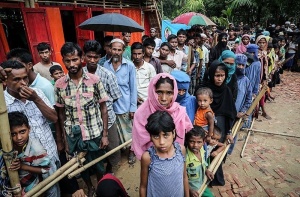
What adds to the dangers of this community are health hazards that they are exposed to because of the profession that a large number of people from these camps engage in. Some living in the Kalindi Kunj camp are involved in sorting potentially hazardous biomedical waste, increasing the infection risk for this already vulnerable community.
No Essentials During Lockdown
The community of Rohingyas in presently quarantined in various relief camps across Delhi-NRC but a challenge that emerges now is regarding the supply of essential commodities to them despite the lockdown. Moreover, there are challenges that arise because of the unhygienic and unclean living conditions that they find themselves amidst. With no source of income and meagre savings exhausted, how will these people survive the rest of the lockdown?
An Indifferent Government?

The Centre or the Delhi government have not given any clear cut indication as to whether the Rohingya camps are part of their COVID-19 response or not. The latest directive to screen the Rohingya raised concerns surrounding potential Rohingya participation at Tablighi Jamaat events across India and does not go on to reflect its concerns about poor hygiene conditions and lack of medical care in these camps.
In the face of the lockdown, the Delhi government did announce free meals and night shelters for the poor and internal migrants but these initiatives haven’t helped the Rohingya refugee community and there have been no special policy announcements for the community. With thousands of people living in these extremely crowded and densely populated camps, where food and medical care are a distant reality, it is an urgent need of the hour to take cognisance of the depth of the issue and ensure that corrective measures are taken to help out the Rohingya community in these hours of a life threatening pandemic.
Read More
•Centre’s Next Step is to Deport Rohingya Refugees, Says Union Minister Jitendra Singh
•Rahima Akter Hasn’t Stopped Dreaming, Even When She is Rohingya

